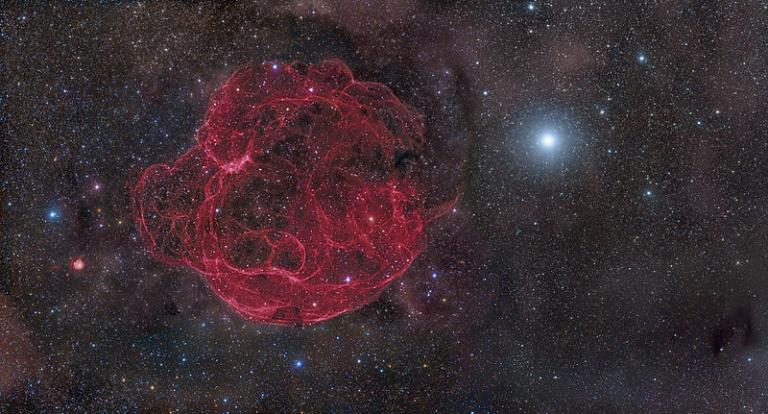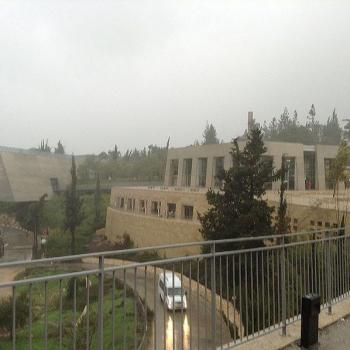
(Wikimedia Commons public domain photo)
According to David Wilkinson, God, Time and Stephen Hawking: An Exploration into Origins (London and Grand Rapids: Monarch Books, 2001), a “major unanswered question for the Big Bang model is how does the universe come to be so finely tuned in so many respects. What do we mean by this?” (89). Wilkinson is both Methodist clergyman and theologian and a scientist with a doctorate in cosmology:
First of all, the universe on the basis of the microwave background radiation is extremely smooth on a large scale. Its temperature is very close to 2.7K whichever direction you look in the sky. In the early 1990s, results from the COBE satellite suggested that the temperature of the microwave background varies across the whole sky by less than one part in 100,000. How does this come about, especially for regions which have not been in causal contact? That is, in winding our model back to when the microwave background was produced we find that regions that are today at exactly the same temperature are separated by a distance which is greater than that which could have been covered by information travelling at the maximum speed, the speed of light. How did one region know what temperature the other region was to match its temperature so exactly? Did the universe have to start off in such a uniform condition? (89-90)
Wilkinson goes on to give several examples of “cosmic fine tuning,” which I will share here in the coming days. But he has already posed one of the inevitable attendant questions:
The question for some in the light of this is whether God is needed to ‘fix’ the initial conditions of the universe? (89)
***
More astronomical fun, including some “Gee whiz!” stuff:
“Galaxy clusters and a beautiful illusion”












